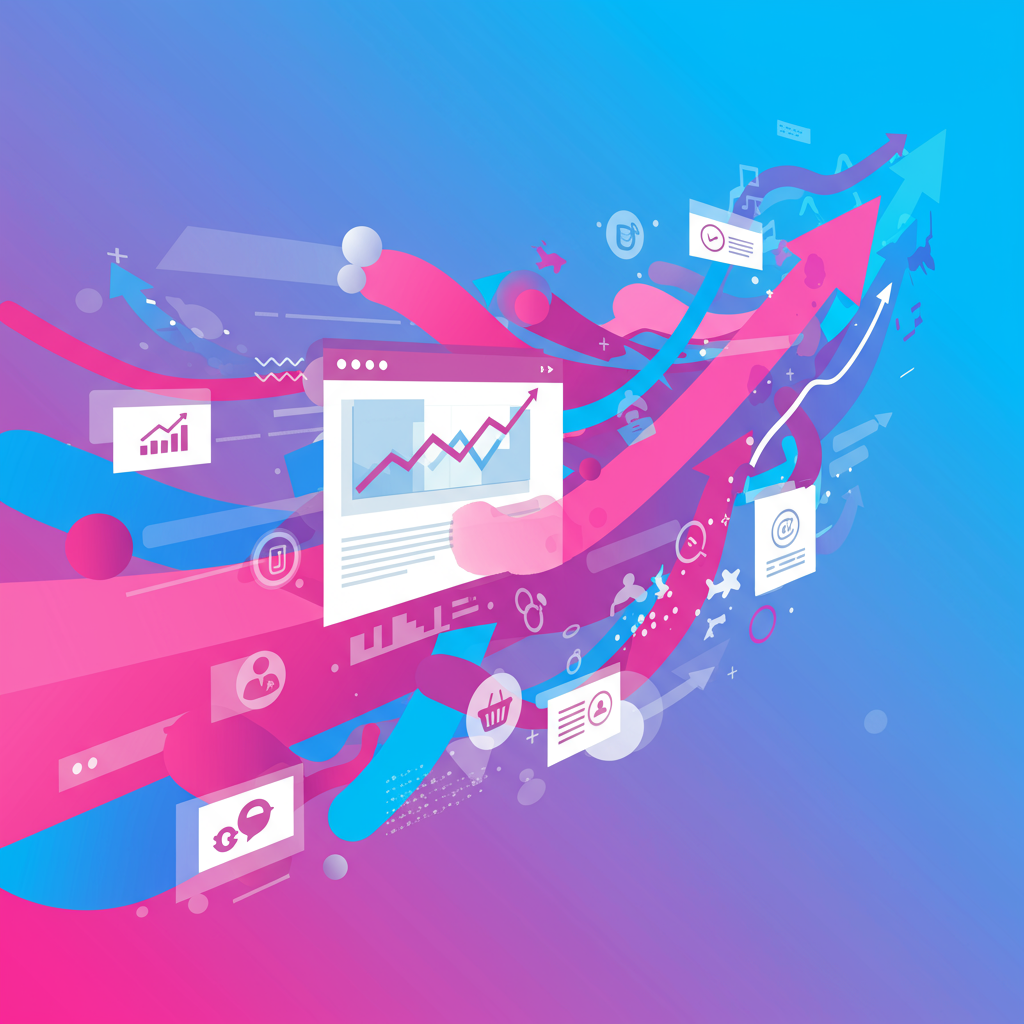Unlocking Better Conversions and SEO Through Performance Optimization
As a Shopify merchant, you’re constantly striving to provide the best possible experience for your customers.
One of the most critical, yet often overlooked, aspects of that experience is your store’s loading speed.
In today’s fast-paced digital world, every second counts. A slow-loading store can be a major deterrent, leading to frustrated visitors and lost sales.
Think about it: how many times have you abandoned a website because it took too long to load? Your customers are no different.
Beyond user experience, store speed significantly impacts your search engine rankings. Google, for instance, prioritizes fast-loading sites.
This means a slow store can directly hurt your visibility in search results, making it harder for potential customers to find you.
Furthermore, a faster store often translates directly into higher conversion rates. Studies consistently show that even a one-second delay can decrease conversions by a significant margin.
So, how do we tackle this crucial challenge and supercharge your Shopify store? Let’s dive into the practical steps I’ve found most effective.
My first recommendation is always to start with measurement. You can’t improve what you don’t measure.
Tools like Google PageSpeed Insights, GTmetrix, and Pingdom are invaluable for getting a baseline understanding of your store’s current performance.
These tools provide detailed reports, highlighting specific areas that need improvement, from image sizes to script execution times.
Shopify also offers its own performance reports within your admin, which can give you insights into how your theme and apps are affecting speed.
Once you have your baseline, the most common culprit for slow loading times is often unoptimized images.
High-resolution images are beautiful, but if they’re not properly compressed or sized, they can drastically slow down your pages.
I always recommend using image compression tools, either online or through Shopify apps, to reduce file sizes without sacrificing too much quality.
Ensure your images are appropriately sized for their display area. Don’t upload a 4000px wide image if it’s only displayed at 800px.
Leveraging lazy loading for images, where images only load as they come into the user’s viewport, is another excellent strategy. Many modern Shopify themes include this feature by default.
Next, let’s talk about apps. Shopify’s app store is fantastic, offering incredible functionality, but every app you install adds code to your store.
Over time, you might accumulate apps you no longer use, or perhaps you’re using an app that’s simply too heavy for your needs.
I strongly advise regularly auditing your installed apps. Uninstall any that are redundant or no longer serving a critical purpose.
For essential functionalities, try to find lightweight alternatives or consider if a custom code snippet could replace a full app.
Your theme choice also plays a monumental role. Some themes are inherently faster and more optimized than others.
If you’re starting fresh, choose a theme known for its performance. If you’re already established, consider if your current theme is holding you back.
Customizations to your theme, especially poorly coded ones, can also introduce performance bottlenecks. Always ensure any custom code is clean and efficient.
Minifying your CSS and JavaScript files is another technical step that can yield significant improvements. This process removes unnecessary characters from code without changing its functionality.
Deferring non-critical JavaScript, meaning scripts that aren’t essential for the initial page load, can also dramatically improve perceived load times.
Be mindful of third-party scripts, such as analytics trackers, review widgets, or social media pixels. While necessary, too many can weigh down your site.
I always try to load these asynchronously or defer them where possible, ensuring they don’t block the rendering of your main content.
Mobile optimization isn’t just about responsive design; it’s about ensuring your site loads quickly and is easy to navigate on smaller screens.
Test your store extensively on various mobile devices to identify any specific performance issues or usability hurdles.
Finally, performance optimization is not a one-time task. It’s an ongoing process that requires regular monitoring and maintenance.
As you add new products, apps, or content, re-evaluate your store’s speed. What do you think about this article?
By consistently applying these strategies, you’ll not only improve your store’s technical performance but also enhance the overall shopping experience for your customers.
A faster store means happier customers, better SEO, and ultimately, more conversions. It’s an investment that truly pays off.






